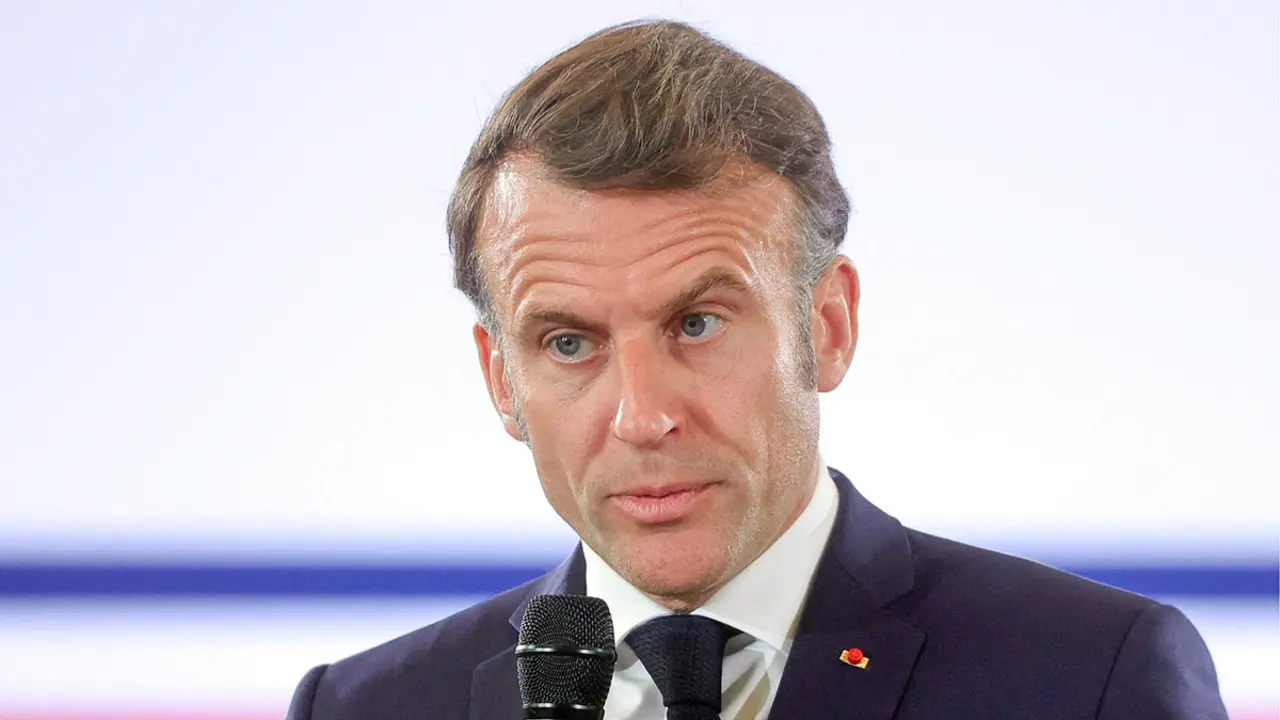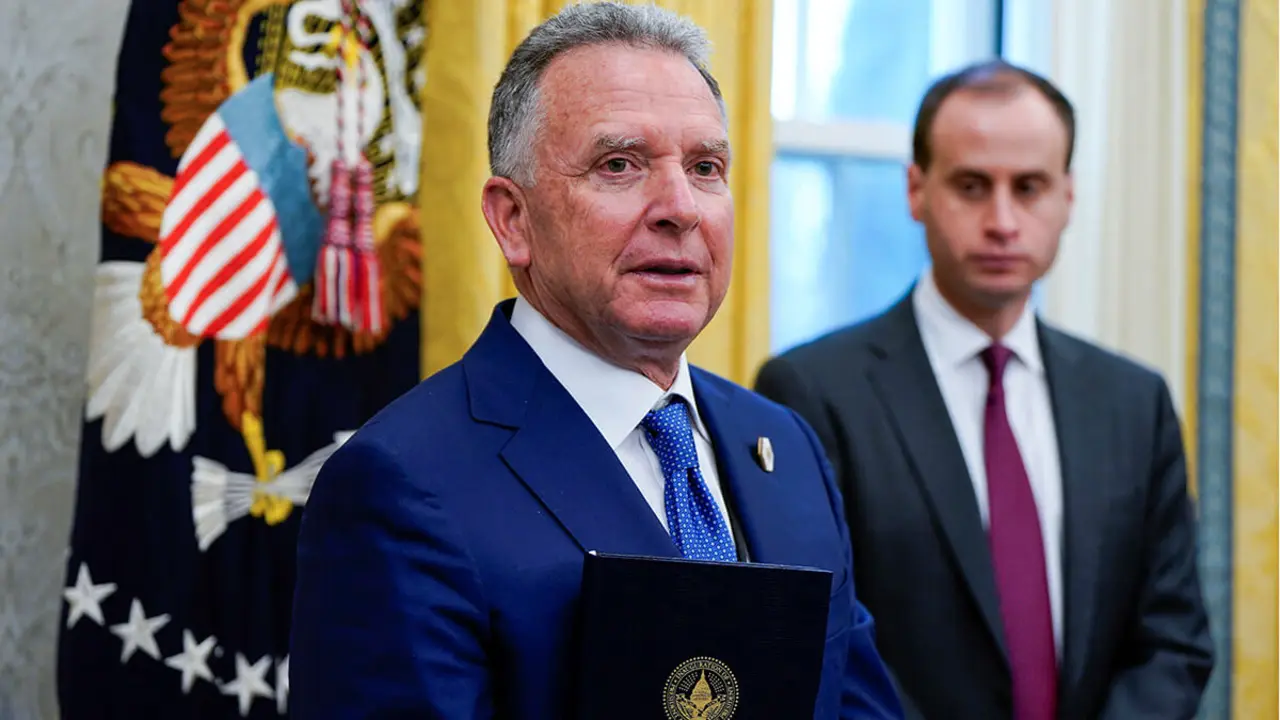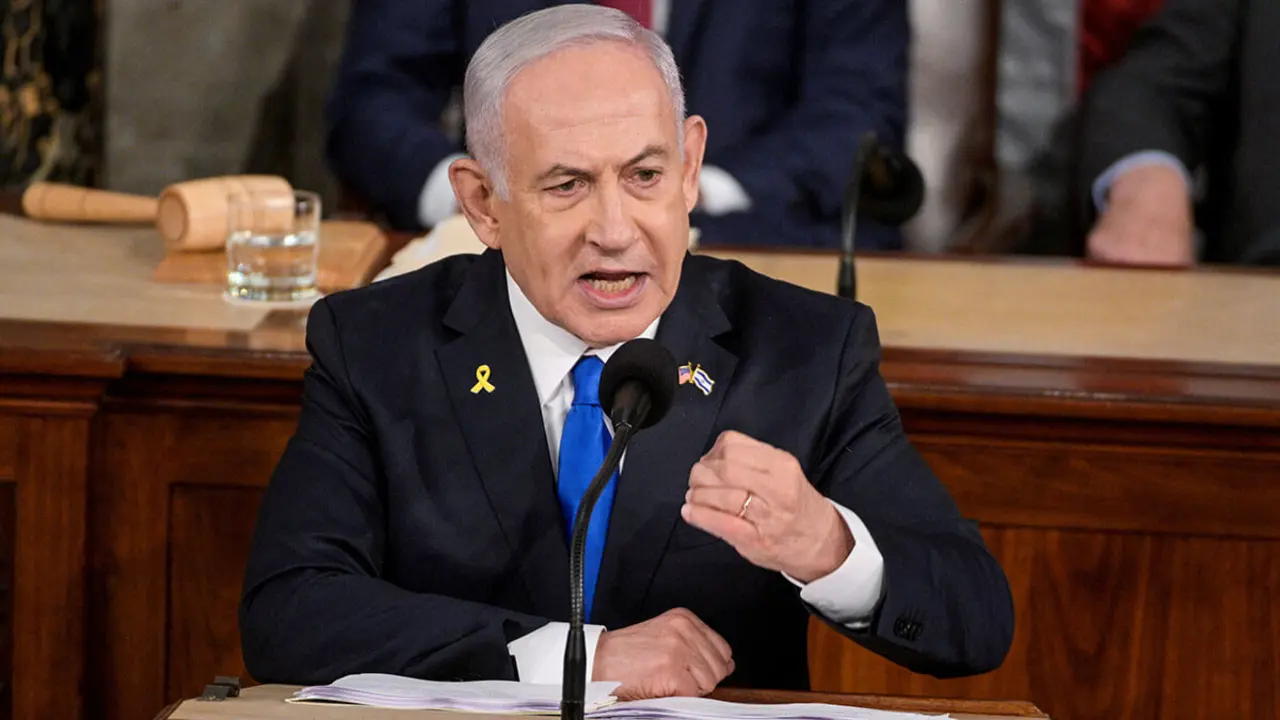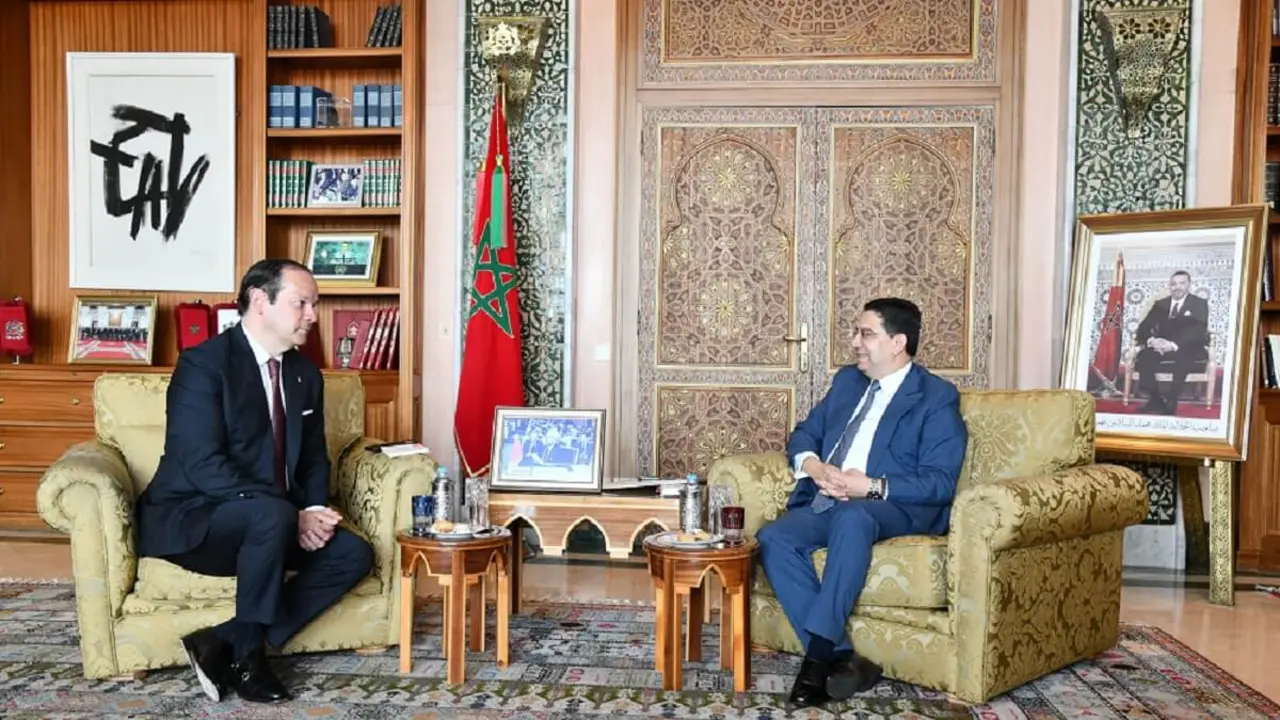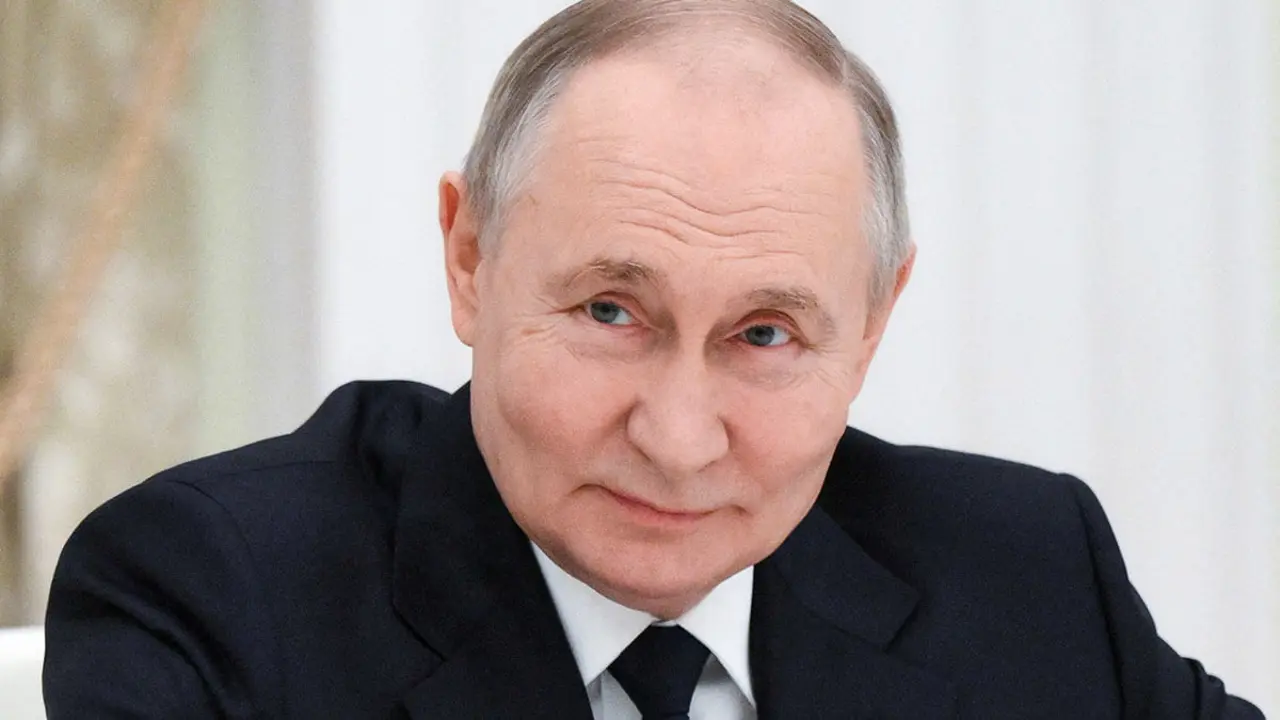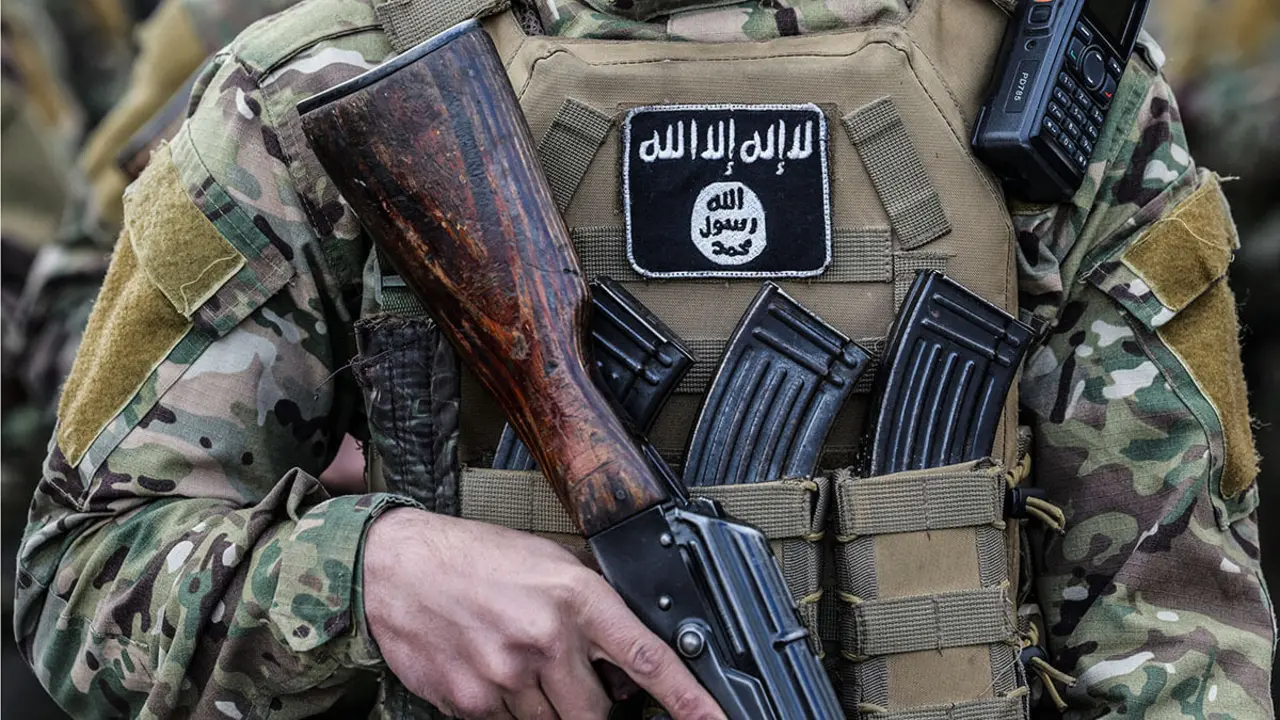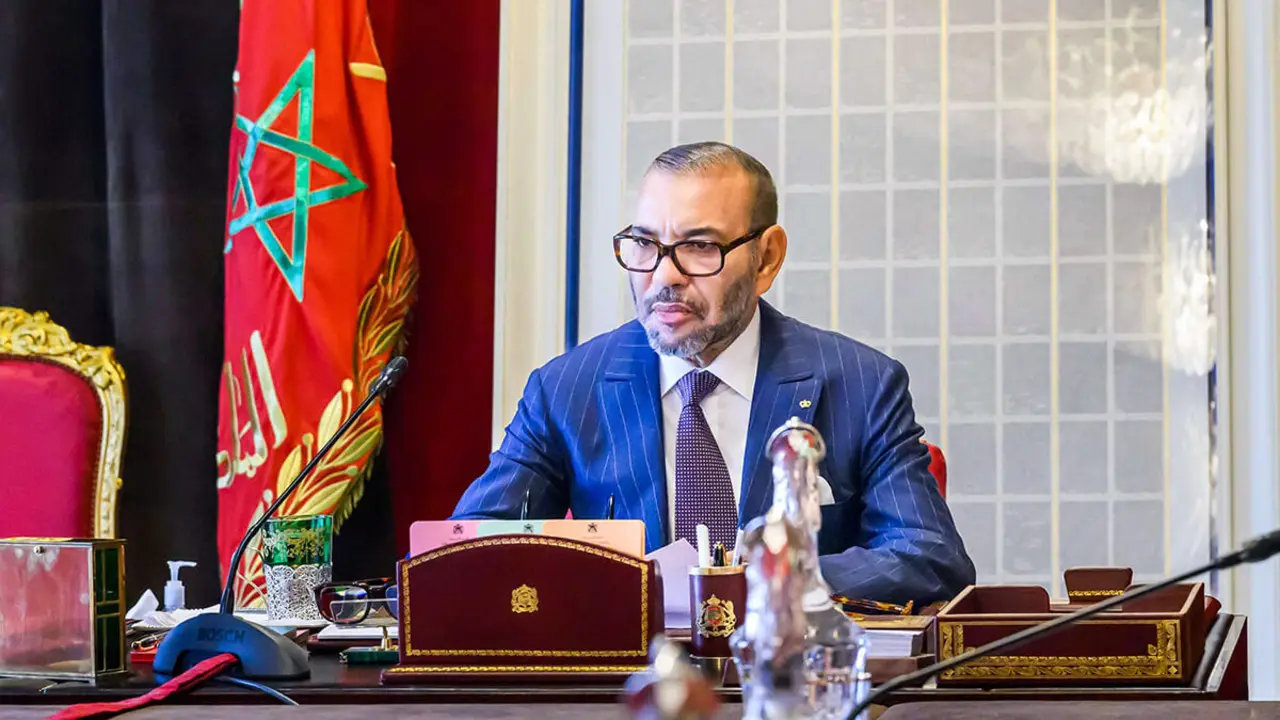Iran protests: Police attack protesters at Mahsa Amini's grave 40 days after her death

A kilometre-long line of people and vehicles winds along the road leading to Saqqez like a pilgrimage. The town, located in Iranian Kurdistan, is the hometown of Mahsa Amini, the 22-year-old murdered last September for wearing her veil incorrectly.
stunning video coming out of iran
— ian bremmer (@ianbremmer) October 26, 2022
in mahsa amini’s hometown of saqez, thousands ignore govt road closures to walk to her gravesite
40 days after her death in the custody of iran’s morality policepic.twitter.com/u6EvbGQtjw
Despite pressure and threats from the authorities, her relatives, as well as thousands of Iranians, chose to gather at the Saqqez cemetery to pay tribute to her 40 days after her death.
As expected, the Iranian authorities have not even respected the end of the mourning period. "Security forces fired tear gas and opened fire on people in Zindan Square in Saqqez," denounces Hengaw, an organisation that monitors human rights violations in the Iranian Kurdistan Region.
In Saqez, the hometown of Mahsa Amini, tens of thousands of people ignored governmental threats and roadblocks and showed up to mourn her on the 40th day of her killing. pic.twitter.com/XU3wbcYi0X
— Karim Sadjadpour (@ksadjadpour) October 26, 2022
The Iranian regime had previously tried to prevent Amini's relatives from commemorating this special day. The state news agency IRNA issued a statement saying that no ceremony was planned to avoid "any trouble". The security services also warned the family not to carry out any ceremonies, otherwise they "should worry about their son's life". Hengaw also reported roadblocks in Saqqez and police deployments to prevent Iranians from other cities from visiting Amini's grave.
Tehran, Amirabad Ave, Oct 26- The regime mobilizing a massive number of troops to quell the unrest in Tehran.#IranRevolution2022 #MahsaaAmini pic.twitter.com/WEQoKl6yQk
— hamid enayat (@h_enayat) October 26, 2022
However, the authorities' measures did not prevent thousands from gathering at the city's cemetery, where, in addition to remembering Amini, they chanted slogans that have become symbols of the protests, such as "Death to the dictator", "Ali Khamenei will be overthrown" and "woman, life, freedom".
During the day, new strikes were called in several parts of Kurdistan, as well as in the rest of the country. Oil and gas workers also joined in support of the historic protests.
October 26 - Qasr-e Shirin, western Iran
— hamid enayat (@h_enayat) October 27, 2022
Locals are torching government sites and continuing the nationwide protests against the regime on the 41st night of the uprising.#IranRevolution #Mahsa_Amini pic.twitter.com/yLtXcwxF0U
Late last night, Iran International reported protests in 30 cities across the country. The media outlet notes that in Tehran, for example, protests intensified in the evening. Based on videos posted on social media, this day's demonstrations could be "the strongest so far", according to Iran International.
October 27 - Mahabad, northwest Iran
— hamid enayat (@h_enayat) October 27, 2022
Protesters have set ablaze a branch of the regime-owned Bank Sepah.#IranRevolution pic.twitter.com/rbiOVBT9cn
Now the focus is on Mahabad, a Kurdish-majority city in the west of the country. As reported by Hengaw, Esmail Moloudi was shot dead by security forces during last night's protests. Also, according to videos posted on social media, protesters responded to the killing by attacking the city governor's office and burning several government buildings.
#BREAKING:
— Sima Sabet | سیما ثابت (@Sima_Sabet) October 27, 2022
Protesters in #Mahabad attacked governor office in the city and burned few other government’s buildings
The outrage broke out after security forces shot and killed a young man in protests last night#MahsaAmini pic.twitter.com/H2cnDXKuWW
Esmail Moloudi has raised the death toll since the protests began in September. According to the latest figures from Iran Human Rights (IHRNGO), more than 230 Iranians - including 29 children - have lost their lives in the demonstrations.
The region that continues to top the list of those killed in the protests is Sistan and Baluchestan in the east of the country. The province is home to the Baloch minority, an ethnic group targeted by the regime and often subject to discrimination and abuse by the authorities.
#IranRevolution2022—October 27, Day 42
— Iran News Update (@IranNewsUpdate1) October 27, 2022
West Azarbaijan, NW #Iran—Mahabad citizens attending the funeral of the late Esmail Moloudi, chanting:
Death to Khamenei!#MahsaAmini? pic.twitter.com/lKbJsYlPq7
The organisation also alleges that, in many cases, the authorities have tried to cover up the deaths of protesters. IHRNG notes that "the return of the bodies depends on the families promising to remain silent or accepting the false causes of death". If they do not accept, the deceased are buried without notice to relatives and far from their homes.
To force the families to accept these conditions, the regime has used "physical and mental ill-treatment". In addition, the "causes" of death that the authorities usually present are falls from a height, traffic accidents, drug or alcohol overdose and poisoning.
Female students at Isfahan’s University of Medical Sciences wave their headscarves in the air chanting “freedom, freedom, freedom.” A nation mourns 40 days after the death of #MahsaAmini and continues the revolution in Iran. There is no going back! #IranRevolution #مهسا_امینی pic.twitter.com/2LKfx5qjxY
— Dr. Nina Ansary (@drninaansary) October 26, 2022
Moreover, the pressure on doctors and medical staff is increasing. Security forces force them to sign death certificates that conceal the real cause of death of protesters. Since the beginning of the protests, organisations such as IHRNGO have denounced that the police used ambulances to transport officers and that, in many cases, those injured in the demonstrations were arrested once they arrived at the hospitals.

For Mahmood Amiry-Moghaddam, the organisation's director, these are all examples of "the Islamic Republic's disregard and violation of international laws and moral principles to cover up its crimes". Amiry-Moghaddam calls on international bodies such as the World Health Organisation (WHO) and the International Committee of the Red Cross (ICRC) to take action. "They must show an urgent and appropriate reaction to these violations," he adds.


